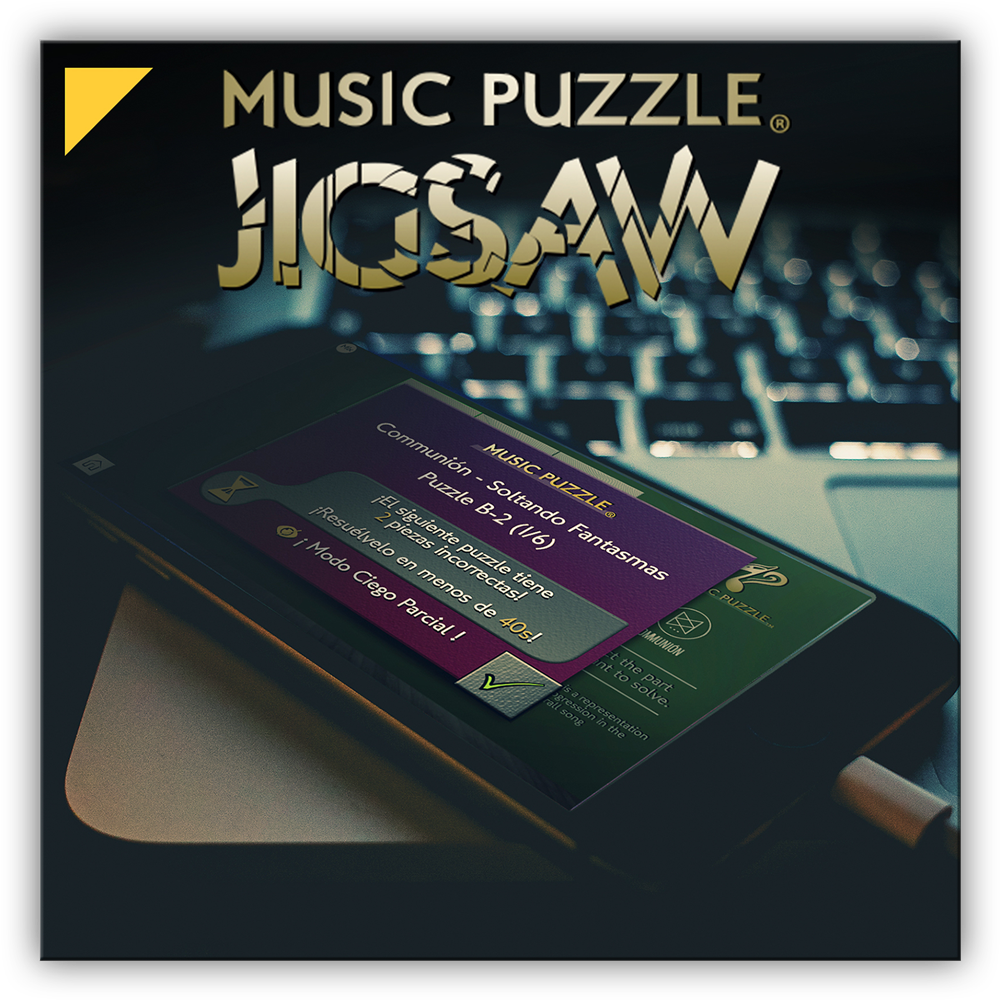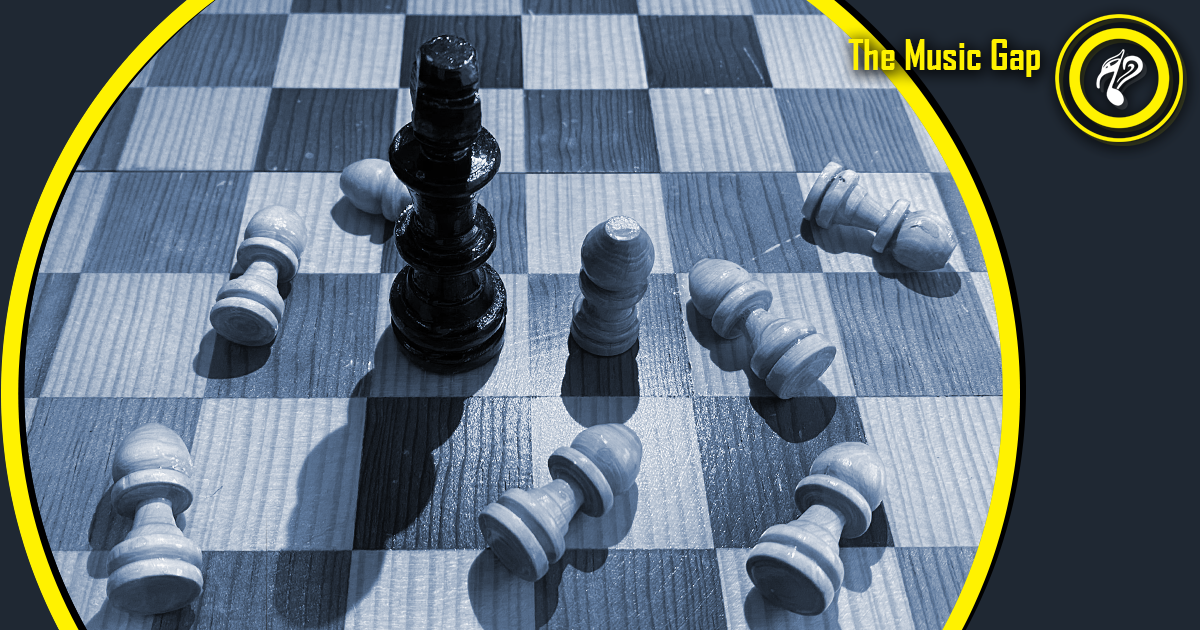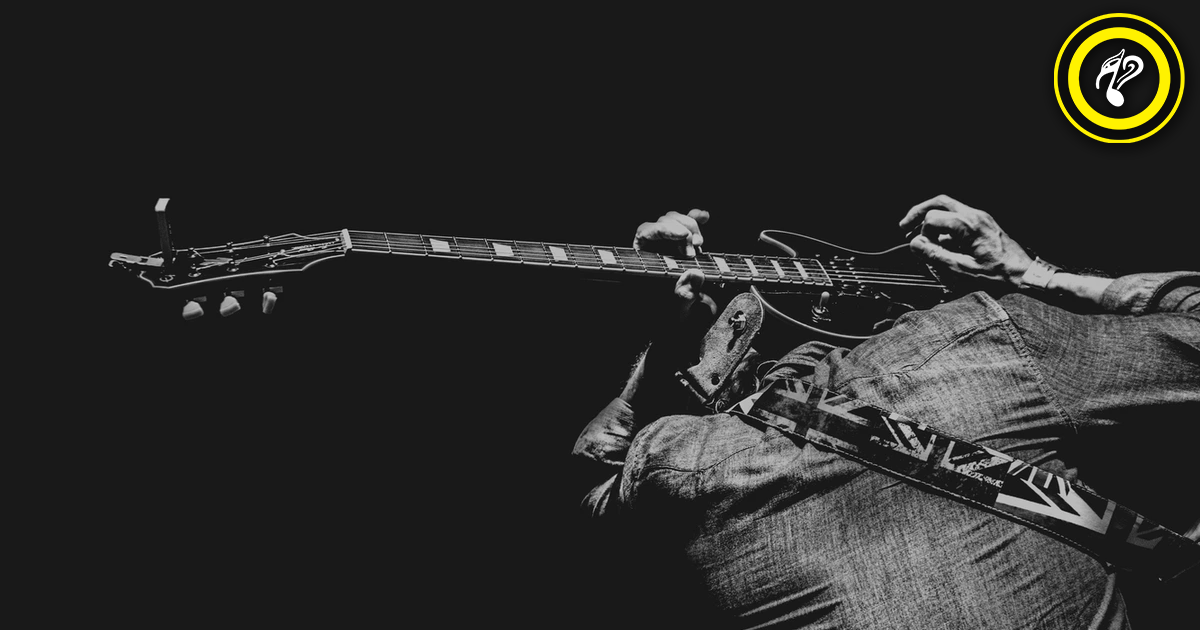The history of the electric guitar
One of the most iconic instruments to this day, but did you know that it’s a relatively young instrument?

Despite the fact that the electric guitar is one of the instruments used par excellence in today's popular music, its invention is less than a hundred years old.
George Delmetia Beauchamp was an American inventor credited for conducting the first experiments to create a guitar capable of amplifying sound. The Frying Pan is considered to be the first electric guitar. Developed between 1931 and 1932, it’s the product of years of research, experimentation and work. The model was marketed by the Rickenbacker company, of which Beauchamp was a co-founder. This brand of guitars was the one used by John Lennon in the Beatles in the 60s.
The “Frying Pan” was a steel lap guitar, this means it’s played in a seated position, with the guitar on the lap. The sound of this instrument is quite peculiar because it’s played with a circular surface in the left hand and a slider or even a bottle, the right hand then plays it using a pen or fingers and the sound is picked up by an electromagnetic pickup. The famous song “Sleepwalking” by Ritchie Valens, is played with one of these guitars, a Lap Steel Guitar.
When this instrument became popular, the Gibson brand began to market what would be a kind of Spanish guitar with magnetic pickups. The sound of jazz changed completely as guitarists now had the opportunity to take a leading role by being able to compete with such powerful instruments as trumpets and saxophones. The Gibson ES-150 was the first of the series released in 1936. To date, these types of hollow body models are preferred for jazz and a myriad of popular and avant-garde music genres.
Gibson ES150 Charline Christisan – 1938 – Blues in Ab:
A dilemma that guitarists encountered was that the body vibration of guitars back then often had a feedback or reverb effect that distorted the sound. To tackle this problem, around 1940, the guitarist Les Paul created “The Log”. In an almost comical but ingenious way, “The Log” basically consisted of a piece of lumber with added guitar parts. This body allowed to suppress the feedback caused by the guitar’s body amplification and, incidentally, added "duration" or sustain to the sound just by adding weight to the instrument. This was the second to last step before reaching the guitars we know and love. Years later, Les Paul would create the legendary Gibson brand model that bears the same name.
Following up the progress this guitar represented, Leo Fender, founder of the prestigious brand of instruments Fender, made adjustments to the Les Paul model, thus creating in the process the "Esquire" guitar around the 1950s, which was later renamed "Telecaster". This guitar model can be considered as the basis of the structure that electric guitars have to this day, both in construction and electronic parts.
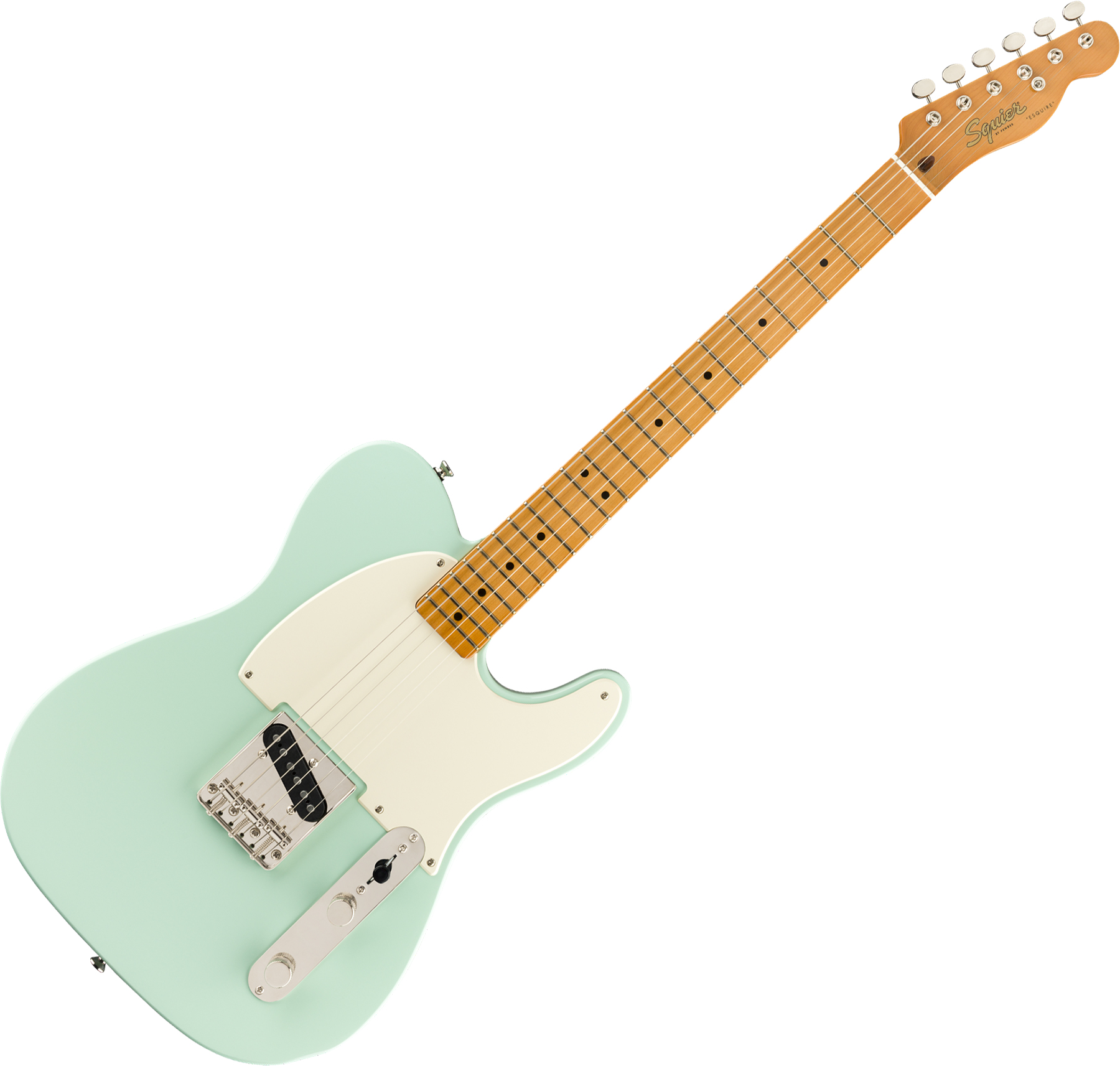
Since then, the quality of the electromagnetic pickups responsible for picking up the sound have been refined. The strings have been increased in some models, becoming seven, eight and even more. While they may be impractical, they’ve been fitted with a variety of bridges ranging from "fixed" to "floating" like the Floyd Rose, allowing for a higher level of expressive control.
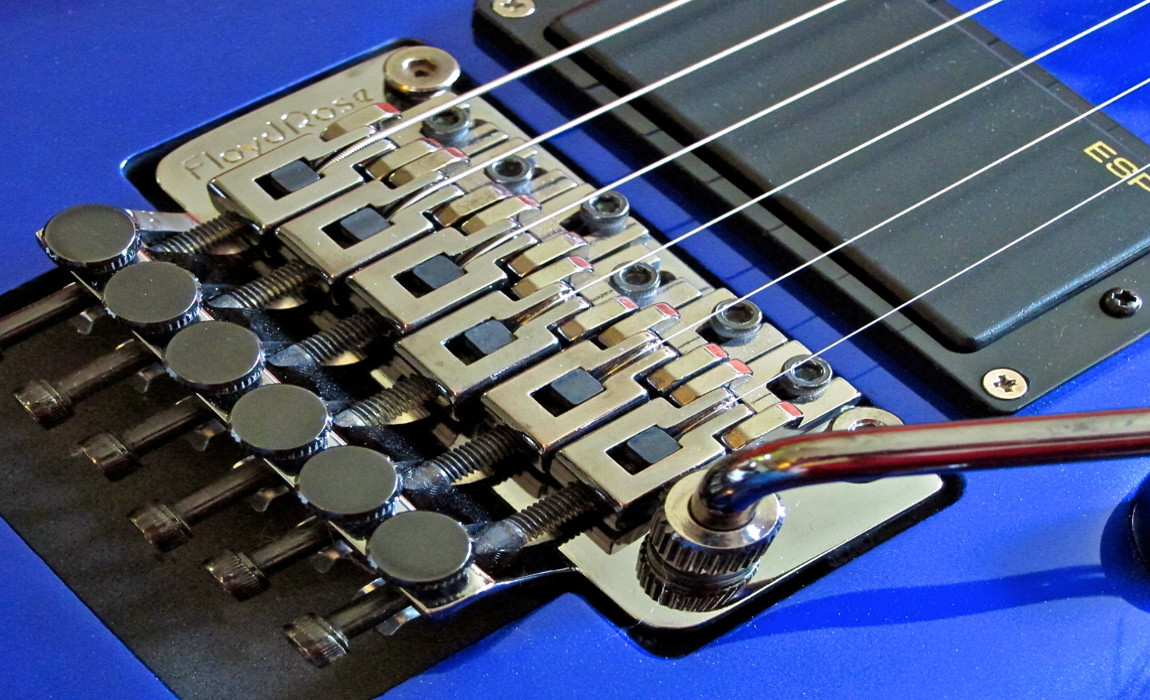
Genres where the electric guitar is used
Jazz: Hollow body guitars that resemble an acoustic guitar, just as the Gibson ES-150 model did. Popular among performers for their clean sound and elegant quality. Read our article about this genre that keeps influencing generations of musicians around the globe!
Rock: Add distortion and raise the volume of your amp to enter the rock realm. The most influential guitarists of all time like Jimi Hendrix, David Gilmour and Brian May belong to this broad genre, and it’s no wonder that they’ve inspired so many generations of young people and children to pick up a guitar for the first time. Mainly the Fender Stratocaster and the Gibson Les Paul are used.
Funk: The funky groove can't be completed without a wah pedal and a Fender Stratocaster by your side. Artists Prince and Ernie Isley are among the biggest names of the genre.
Metal: Going to the extreme we have guitars able to ramp up to 11 in "gain" or “drive”. To complement some virtuosos that the genre offers such as James Hetfield, Alexi Laiho or Steve Vai, the Gibson Explorer models or the seven-string Ibanez come into play. A pair of humbucker pickups are used to clarify the distortion.
Do you have a favorite guitar model? Share your thoughts!
If you enjoyed the article, you'll love these games:

